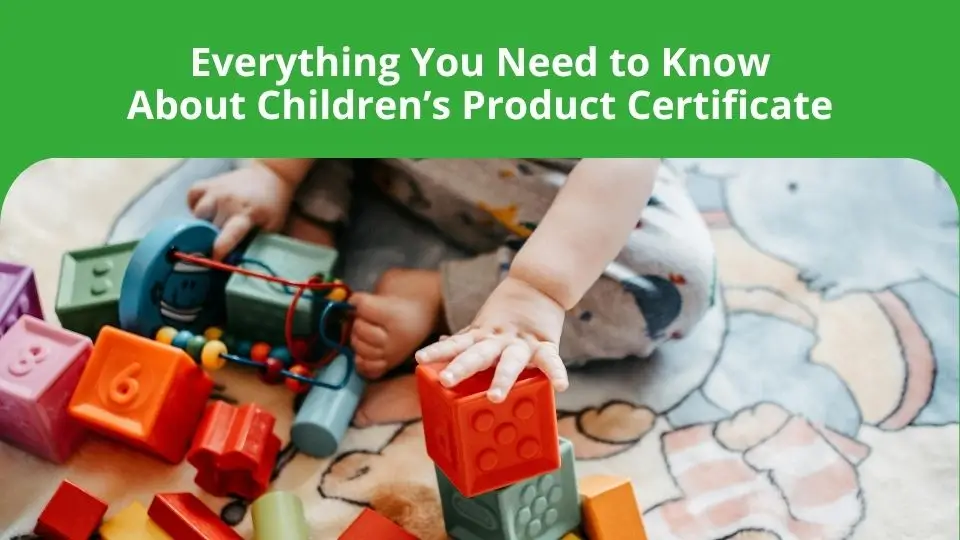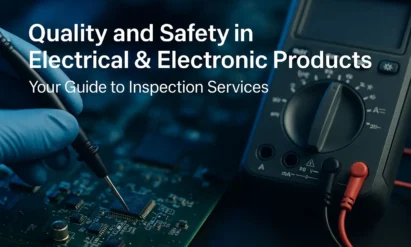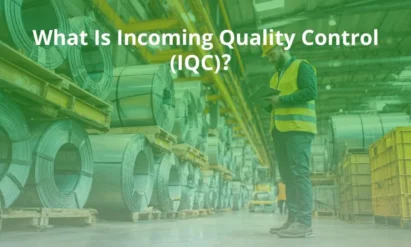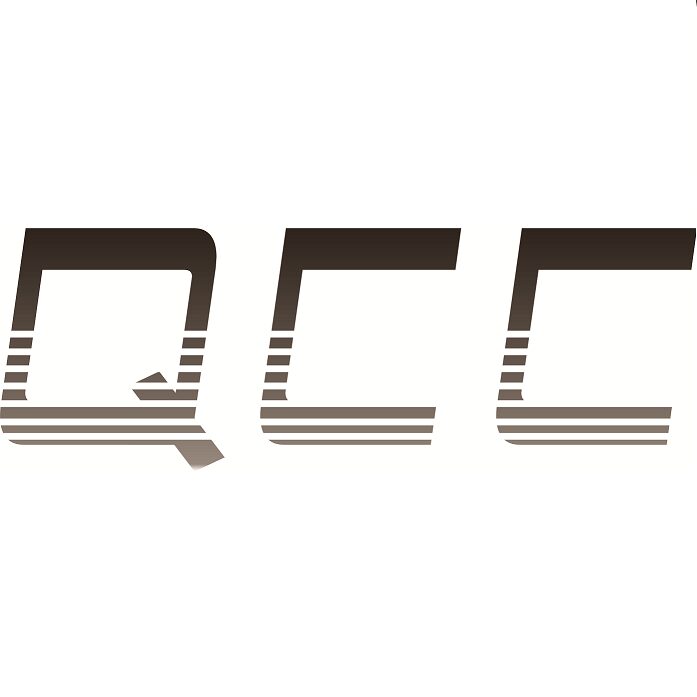Everything You Need to Know About Children’s Product Certificate
Aug 04,2025

When dealing in children’s products in the United States, every business should understand the Children’s Product Certificate (CPC). Whether you manufacture toys, import children’s clothing, or sell toddler products, understanding the CPC can help you stay compliant and avoid issues.
The US market has very clear and strict regulations for children’s products, and failure to comply with these regulations can lead to serious legal and financial consequences.
Therefore, if you want to grow your business safely and build long-term customer trust, a deep understanding of the CPC is not only beneficial but also crucial.
What is CPC Certified?
A product is considered CPC certified when it follows the safety standards set by the U.S. Consumer Product Safety Commission (CPSC). A CPC is a document that confirms this. To get it, the product must be tested by a third-party lab approved by the CPSC.
For example, a stuffed toy must go through this testing before it gets certified. The testing ensures that the toy doesn’t contain harmful substances like lead, small parts that pose choking hazards, or materials that could catch fire too easily.
The certification is not something a company can just decide to issue on its own without proper testing. It must be based on real, reliable results from labs that the CPSC recognizes.
This means that before you even think about creating your CPC, you need to make sure your testing was done by a lab on the approved list.
Why is a Children’s Product Certificate Important?
Legal Compliance
Selling children’s products in the United States without a Children’s Product Certificate (CPC) is illegal. This can result in significant fines, product recalls, and even damage to your reputation.
Even small sellers are required to maintain a valid Children’s Product Certificate (CPC) for each children’s product. Failure to do so could result in your products being detained by customs or removed from the shelves.
Third-Party Testing Requirement
The product must be tested by a CPSC-approved lab. These labs make sure the testing is fair and accurate. The results they provide are used to issue the CPC. This step can’t be skipped or replaced with internal checks.
The idea behind using third-party labs is to avoid bias and make sure safety testing is done properly. Labs look at things like sharp edges, toxic chemicals, flammability, and small parts to ensure the product is truly safe.
Build Consumer Trust
Parents take product safety very seriously. If a product has a Children’s Product Certificate (CPC), it demonstrates that it has undergone proper testing. This strengthens consumer confidence and trust in your brand.
Today, many shoppers, especially parents, do their homework. If they don’t see a valid CPC or perceive a problem with the product, they may switch to other brands.
On the other hand, if your brand consistently provides safe, rigorously tested products, it can generate word-of-mouth buzz and attract loyal customers who will rely on you for years.
Avoid Fines and Recalls
Without a CPC, your products could be fined or recalled. Recalls are costly and can damage your reputation. Even a small mistake could turn away customers.
In some cases, companies have had to pay tens of thousands of dollars in fines or even destroy entire shipments due to missing or incorrect CPCs. This doesn’t even include the potential damage your brand may suffer in the media or on social media. Complying with the rules from the outset can save you money and hassle.
Required for Importation
If you’re importing children’s products from outside the United States, you must have a Children’s Product Certificate (CPC). U.S. Customs will inspect your shipment. Without the certificate, your shipment may be delayed or refused.
Worse still, your shipment could be confiscated or even denied entry. Future shipments may also face increased scrutiny. Having the correct documentation not only expedites customs clearance but also demonstrates your company’s professionalism and reliability.
What Kind of Products Shall Be CPC Certified?
Any item made for kids aged 12 and under must have a CPC. This includes toys (simple or electronic), children’s clothing (like t-shirts or coats), furniture (cribs or toddler beds), school items (backpacks, lunch boxes), and art supplies (markers, paints). If it’s for young kids, it needs to be certified.
But it goes even deeper. Think of things like sippy cups, kids’ jewelry, baby bottles, playpens, or children’s books that include interactive parts. Even seasonal items like Halloween costumes or snow boots for kids fall under the CPC scope. If a product is clearly designed for children or promoted in a way that shows it’s intended for kids, it must be CPC certified.
What is a CPC (Children’s Product Certificate)?
A Children’s Product Certificate (CPC) certifies that a children’s product complies with U.S. safety regulations. The certificate lists the product name, the regulations it complies with, the manufacturer or importer, and the location and date of testing. The certificate also contains the name of the testing laboratory.
The certificate typically contains seven key pieces of information:
- Product identification
- Safety regulations the product complies with
- Name and contact information of the manufacturer or importer
- Date and location of product manufacture
- Date and location of testing
- Name and contact information of the third-party laboratory that tested the product
- Declaration of Conformity with Applicable Regulations
This document should be provided in paper or electronic format upon request to retailers, distributors, and regulatory agencies.
How to Obtain a Children’s Product Certificate?
Product Testing Coordination
First, have your product tested at a U.S. Consumer Product Safety Commission (CPSC)-accepted laboratory. The testing depends on the product type. Common tests include lead content, phthalates, flammability, and small parts that could pose a choking hazard. Other tests include checking zippers for sharp edges, labeling requirements, and strength testing for cribs or strollers.
Once the test is complete and passes, you’ll receive a test report from the laboratory. These documents form the basis for the Children’s Product Certificate (CPC). If the laboratory finds any issues, you may need to repair the product and retest it, which can increase costs and cause delays.
Certificate Generation
After a product passes review, the manufacturer or importer will create a Certificate of Conformity (CPC). While there’s no standard format for a CPC, it must include seven pieces of information: product ID, safety regulations, company information, laboratory information, and the dates and locations of production and testing. This information must be accurate.
It’s crucial to keep the CPC and any associated test reports securely. These reports may be reviewed during customs inspections or audits. Some companies also ship CPCs with their products or upload them to online platforms like Amazon, which may require proof of compliance before listing.
What is the Cost of a Children’s Product Certificate?
The cost depends on the product type and how many tests are needed. Simple items like cotton t-shirts are cheaper to test. More complex products, like electronic toys, need more tests and cost more. Lab fees also vary. If the product fails the first test, retesting adds to the cost.
Expect a basic item to cost around $100–$300 for testing, while more advanced items can go over $1,000. If you’re launching multiple variations of the same product (e.g. different colors or minor design tweaks), you might be able to bundle them under one test in some cases. However, this depends on lab policy and CPSC rules.
How QCC Inspection Can Help with Children’s Product Certification?
QCC Inspection partners with trusted laboratories recognised by the U.S. Consumer Product Safety Commission (CPSC) to streamline the product testing process.
Their team is dedicated to ensuring all products undergo rigorous testing. They also assist businesses with drafting and reviewing Certificates of Conformity (CPCs), helping to avoid delays and errors.
QCC has years of experience in product compliance and can guide you through the entire process—from selecting the appropriate tests to gathering the correct documentation.
They can help you avoid common problems. With QCC’s help, you can save time, reduce risk, and gain peace of mind knowing your products meet regulatory requirements.
--- END ---
Products
Get A Free Quote
Related Blogs
QCC SAMPLE REPORT
For sample reports or custom checklists, please contact us – we're here to assist you.


 November 28,2025
November 28,2025

